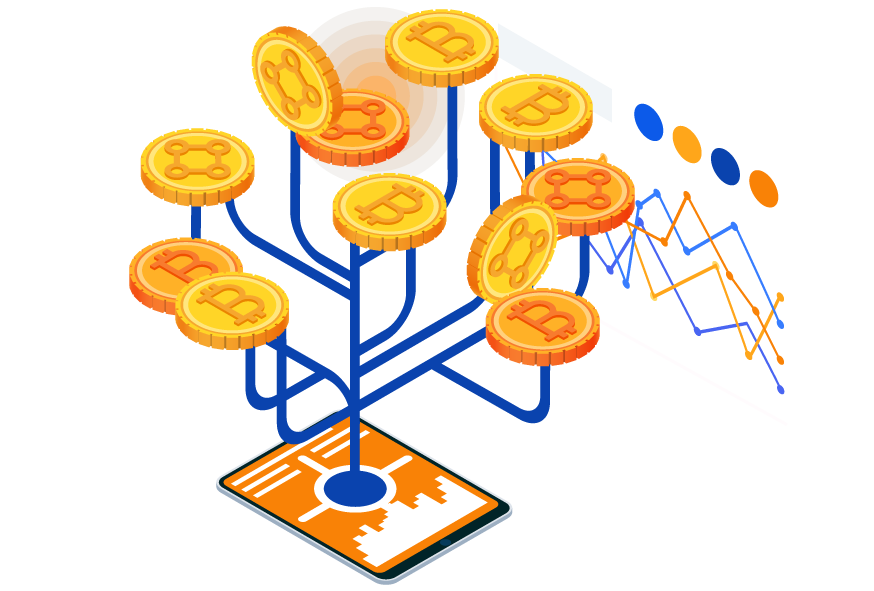
To an average user, a decentralised app might not look any different to any other app. However, decentralised apps or dApps are powered by blockchain or a P2P network.
That makes them quite different and according to many, much superior. Not one person or organisation runs dApps or has full authority over them, which is why they are so essential in the context of cryptocurrency.
In this article, we’ll talk more about what is the dApps rule. Also, what are the pros and cons of dApps and how to build a decentralised blockchain app by yourself?
History of Decentralised Apps

In the early days, the web used to be more decentralised than it is now. Internet users had personal servers and owned their own data.
But that quickly changed, and servers geared applications towards a more centralised data ownership model. The reason why – convenience. In conceptual and programmatical terms, it appears to have been the easiest thing to do.
Yahoo! and My Space were among the first centralised apps. But as the web grew larger, there was a re-emergence of decentralised apps that took off with BitTorrent. Downloading large files from a centralised source took too long, so they made it available from multiple sources again.
As for cryptocurrencies and dApps, the decentralised environment means a lack of interference by any individual authority.
Key Features of Decentralised Apps
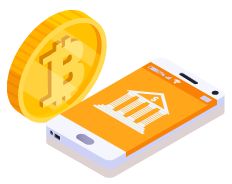
When trying to understand what are dApps and how they work, it’s essential to keep in mind that centralised systems are the most common model for a software application.
And while many developers have somewhat different views on what is decentralised application, there are four key features that apply to all dApps:
1. Open Source System
Users of decentralised and closed-source apps have to trust the developers when they say that the app in question is decentralised.
They don’t have access to verify the data source. The closed-source system is a huge red flag for most users, and these apps are unlikely to be adopted. An open-source dApp allows the internet to be the connecting tissue instead of closed systems.
2. Internal Currency
One of the main issues regarding dApps is how to successfully monetise them. Centralised apps use revenue from advertising, transaction fees, access to user data, and many other services. If you have an open-source dApp, how is that supposed to work?
The answer is to allocate all the sources using a token. If we use Bitcoin as an example, that means mining or using all the computer power to pay the users directly.
3. Decentralised Consensus
If you want to have things like usernames, high scores, status updates, and other similar features on a decentralised app, you have to have a consensus. And for that you need a blockchain.
Essentially, the decentralised consensus is an innovation by blockchain. To get a consensus, everyone needs to sign a smart contract; a piece of code that lives in the blockchain.
4. No Central Point of Failure
The last but certainly not least important feature of dApps is that they can’t be taken down since there is no server.
All of the data is displayed across its decentralised nodes, and each of the nodes is entirely independent. If it happens that one of them fails, there are many others that run the network.
What Are the Benefits of Decentralised Apps?
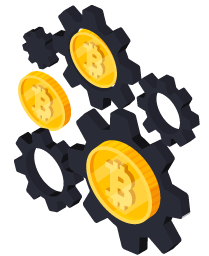
The number one advantage of dApps is that there isn’t a single controlling entity. That’s what makes them so appealing, especially when it comes to cryptocurrency.
By default, this also makes them more secure than any client/server networks. There’s a solid and secure record of the entire database that can’t be lost or erased. And due to the decentralised consensus, the network as a whole must agree if there are to be any alterations to the written blocks.
Another important benefit of dApps is that there’s no fear of a single cyber-attack or even a power outage. It simply can’t be shut down. That also means there’s no downtime, and the process never ends.
Finally, decentralised apps provide increased trust to their users, mainly because payment facilitation is much more efficient.
What Are the Downsides of Decentralised Apps?

Inevitably, the energy costs of decentralised apps are going to end up being higher. Mining Bitcoin requires a lot of energy, and that’s something every user needs to consider before digging into it. But also, many dApps often become less efficient as they grow in size.
This leads to slower speeds and loading times. Also, one of the least appealing features of decentralised blockchains such as Bitcoin and other cryptocurrencies is that they can be volatile. Bitcoin is known to fluctuate price-wise 20% in a single day. That’s not something every user is prepared for.
We should also mention that the anonymity regarding dApps is an excellent feature in some ways but potentially problematic in others. This is specifically in reference to criminal activity and cryptocurrency.
How to Build a Decentralised Blockchain App?
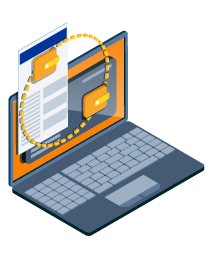
The first thing to acknowledge when you start to build a dApp is that this process isn’t going to be easy. You’ll likely run into specific challenges such as creating and signing a smart contract.
That is why most people who want to build their own dApp hire a professional developer with a lot of experience to help them.
If you’re thinking about a large project, it’s best to use Initial Coin Offering (ICO) to fund your project. Here’s what this process should look like:
1. Familiarise With Your Project
Before proceeding, be sure what it is you want to create. Understand the project from top to bottom and be clear on what type of problem your decentralised app will solve. Also, perform a detailed estimate of what it’s going to cost. And find out if there is a lucrative market for it.
2. Create a White Paper
Put your whole vision and five-year plan for your dApp in writing so you can present it to prospective buyers. If you don’t have any experience writing a White Paper, you should do some research first.
3. Start Building Your dApp
There are many ways you can approach building your decentralised blockchain app. But the first decision you need to make is what technology you’re going to use.
That’s how you will be defining the environment where you’ll create the dApp. Then, you need to set up the project and install the development framework. Make sure to stick to the technical language your entire development team understands.
Finally, you have to code the application. Solidity is the easiest language to use for decentralised apps. Once you’re finished, all that’s left to do is to launch the app itself. Choose a custom domain and start creating a buzz around your dApp. Although that might prove to be one of the most challenging things to do in the entire process.
Mastering Decentralised Apps and Allowing Them to Work to Your Benefit
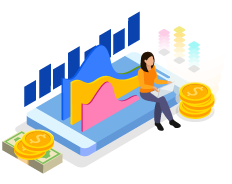
We’re all used to the concept of centralised apps and having one entity that controls everything. It’s not a comforting thought in any way, but most internet users accept it and try not to think about it too much.
The truth is that developing a decentralised app comes with a unique set of challenges and requires skills not everyone has. But there are many vital benefits to using decentralised apps, and it looks like the entire world is slowly catching on.